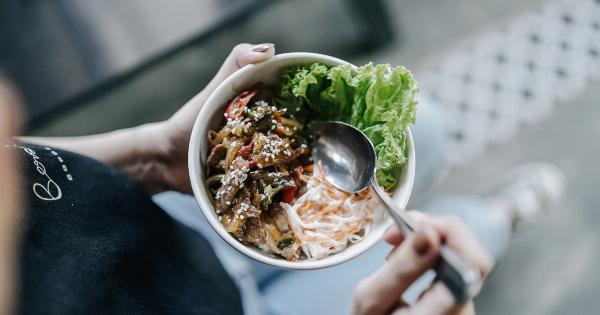Diabetes is a chronic illness that affects how your body processes blood sugar (glucose). People with diabetes must be vigilant about their diet and exercise routines to manage their condition.
While there’s no “one-size-fits-all” diet for managing diabetes, certain foods can help regulate blood sugar levels.
1. Vegetables
Vegetables are an essential part of any healthy diet, especially for people with diabetes.
Non-starchy vegetables, such as broccoli, spinach, and green beans, are low in calories and carbohydrates, making them an excellent choice for regulating blood sugar levels.
You should aim to eat a variety of vegetables to get the full range of nutrients you need. Try roasting or steaming your vegetables to bring out their natural flavors without adding any unhealthy fats or sugars.
2. Whole Grains
Whole grains are another great food choice for people with diabetes.
Unlike refined grains (think white bread or pasta), whole grains are high in fiber, which slows down the digestion of carbohydrates, leading to a slower and steadier rise in blood glucose levels.
Whole grain options include brown rice, whole wheat bread, quinoa, and oats. These are all healthy alternatives to their refined counterparts and work well as a side dish or in a recipe.
3. Lean Protein
Protein helps keep you feeling full and satisfied while also helping to regulate blood sugar levels. However, not all protein is created equal.
Lean protein is the best option for people with diabetes as it has little to no effect on blood glucose levels.
Some good options for lean protein include chicken breast, fish, beans, and tofu. Try to avoid processed meats, such as hot dogs and deli meats, as they can contain hidden sugars and other unhealthy additives.
4. Low-Fat Dairy
Dairy products are a good source of calcium, vitamin D, and protein. However, full-fat dairy products can also be high in saturated fat and calories, which can contribute to weight gain and high blood sugar levels.
Therefore, it’s better to opt for low-fat or fat-free dairy products instead.
Some good options for low-fat dairy include skim milk, low-fat yogurt, and part-skim mozzarella cheese. These options are still packed with all the essential nutrients you need without the added calories and fat.
5. Fatty Fish
Fatty fish, such as salmon, tuna, and mackerel, are high in omega-3 fatty acids, which have been shown to help reduce inflammation and improve heart health.
People with diabetes are at an increased risk of heart disease, making fatty fish an essential part of any diabetes diet.
Try to include fatty fish in your diet at least twice a week. You can grill or bake the fish for a healthy and delicious meal.
6. Fruits
Fruits can be a healthy addition to any diet, but people with diabetes need to be careful about which fruits they eat. Some fruits are high in sugar and can cause a spike in blood glucose levels.
Good fruit options for people with diabetes include berries, apples, pears, and oranges. These fruits are lower in sugar and high in fiber, making them a good choice for regulating blood glucose levels.
7. Nuts and Seeds
Nuts and seeds are a great source of healthy fats, protein, and fiber. However, they are also high in calories, so it’s important to practice portion control when eating them.
Good options for nuts and seeds include almonds, walnuts, and sunflower seeds. These can be eaten as a snack or added to a salad for extra texture and flavor.
8. Avocado
Avocado is a unique fruit that is high in healthy fats and fiber. It has been shown to help improve blood cholesterol levels and reduce inflammation, making it a great addition to any diabetes diet.
Try using avocado as a spread on whole grain toast, as a topping for a salad, or as a substitute for mayonnaise in recipes.
9. Legumes
Legumes, such as lentils, chickpeas, and kidney beans, are a great source of protein, fiber, and healthy carbohydrates. They have a low glycemic index, which means they cause a slower and steadier rise in blood glucose levels.
Try adding legumes to soups, stews, or salads for a healthy and filling meal.
10. Water
Water is not a food, but it’s an essential part of a healthy diabetes diet. Staying hydrated helps regulate blood glucose levels and helps your body function properly.
Try to drink at least eight glasses of water per day. If you have trouble drinking plain water, try adding a slice of lemon or lime for extra flavor. You can also try drinking sugar-free beverages, such as unsweetened tea or coffee.
Conclusion
Managing diabetes can be challenging, but with the right diet and lifestyle habits, it is possible to live a healthy and fulfilling life.
These ten foods are an essential part of any diabetes diet and can help regulate blood sugar levels and improve overall health.





























